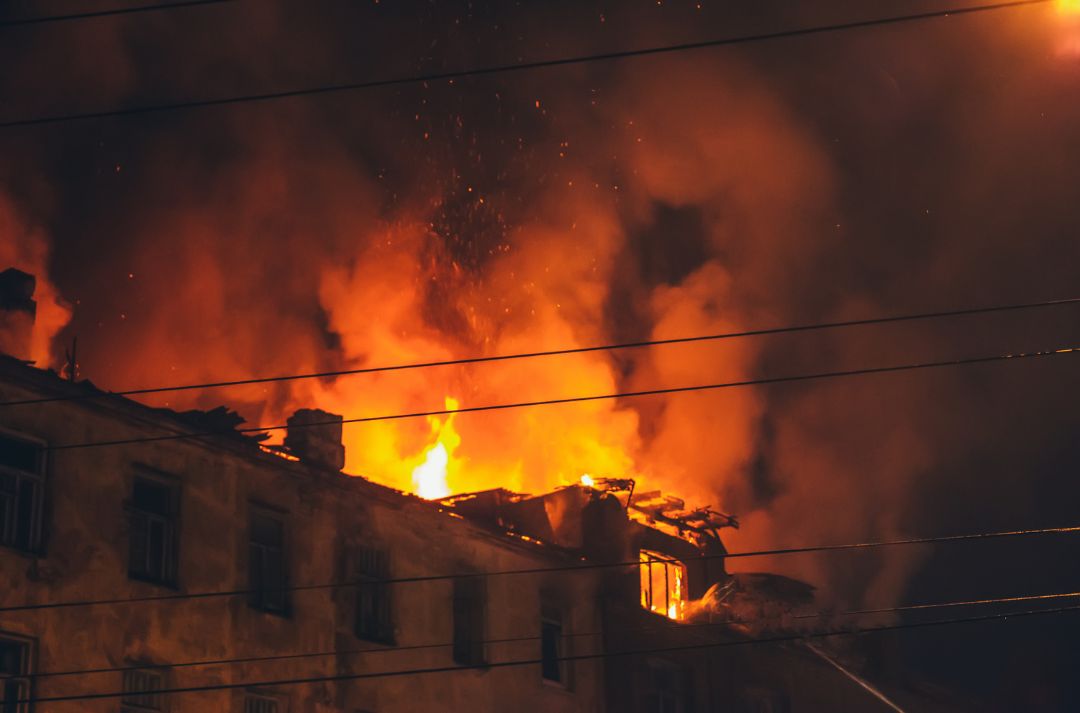
Hello and welcome to the weekly edition of Unlocking Your Greatness with Wendy Bjork. As an international bestselling author, speaker and guide to others, as well as founder of heartsofwellness.com, it is my mission to help others understand where we’ve been in order to make progress forward and live our best lives!
Catholics have long been one of the most hated groups in America and were not even welcome in early Massachusetts, as their presence was outlawed until 1692. They were not allowed to establish a church or worship publicly until Catholic France came to the Americans’ aid during the Revolution and attitudes towards Catholics began to change a little. In 1780 the state’s new constitution guaranteed freedom of religion, and prosperous, well-educated French Catholics were tolerated. But they hardly represented a threat: in 1795, 95% of the Massachusetts population was descended from British Protestants.
On August 11, 1834, one of the most notorious and violent acts in the long history of religious violence in America occurred when a group of 50-200 men with painted faces, burned the Charlestown, Massachusetts Ursuline Convent and School to the ground.
According to massmoments.org, the nuns who lived in the elegant building and their students at the female academy were forced to flee for their lives. The rioters were mostly poor Yankee laborers who feared and hated Irish Catholic immigrants. While some of Boston’s wealthiest Protestants sent their daughters to the Ursuline Academy, most Yankees harbored a deep prejudice against Catholics. Long suspicious of “popery,” Protestant Boston was receptive to the malicious rumors that swirled about the convent. The convent burning was a prelude to the fierce anti-Catholicism that would greet the famine Irish who flooded into Boston a decade later.
There are reports that 2,000-4,000 spectators including a number of fire companies stood by and watched the fire. On August 12, 1834 the men returned to destroy the gardens, orchards and fences.
Until the early 1800’s, Protestant Americans controlled the religious, cultural and political landscape of America. However, with the advent of mass immigration and the growing presence of Catholic immigrants, Protestants began to fear that they were losing control of America. The Catholics were believed to be planning to out-breed them and take over the nation. This fear led to riots, lynching’s, and the burning of Catholic churches. This anti-Catholic sentiment was known as nativism.
For many Protestants, the hatred for Catholics was tied to a belief that they worshiped the Pope and were part of a conspiracy led by Rome to replace democracy with rule by the church. This was the era of lurid pamphlets filled with tales of predatory priests and children enslaved to nuns. (More on this in the future.)
Still living in fear, Protestants voted against Catholics and resented them even though they mostly were good citizens and contributed to the economy of the country. This resentment was compounded when Catholics were perceived as being foreign and different, as well as when they had little power in the democratic process of choosing politicians.
This resentment toward Catholics was a major driving force in the nativist movement that emerged in the mid-to-late 19th century. Known as the Know-Nothings, the nativists were vehemently anti-immigration and anti-Catholic. They argued that Catholics were trying to infiltrate America, out-breed the Protestants and take over the country by forcing everyone to be Catholic.
As the Know-Nothings gained influence, they used a combination of xenophobia and nationalism to fuel their hatred for Catholics. They believed that the Pope and Rome were controlling a vast underground empire that was coming to America and that it would replace democracy with rule by the church. The nativists were particularly hostile to Southern and Eastern European immigrants who were mostly Catholics.. They were grudgingly allowed to enter the colonies, but they faced severe civic restrictions including exclusion from political office.
Ultimately, the Know-Nothings were defeated by the forces of a secular republic that separated church and state. However, the prejudice against Catholics persisted and resurfaced in the 1930s and 1940s when anti-Semitism rose to a new level.
This complexity of America’s history with anti-Catholicism and the fact that it was not just about religion, but also class. Those from the upper classes often disliked Catholics because they were poor and different, but those from the lower classes saw them as competition for jobs and property.
Ultimately in the end, the Ursuline convent and school was never rebuilt. Its charred remains stood for the next 40 years as a reminder of the virulent prejudice against Catholics. The site was leveled in 1875, and the bricks were incorporated into Boston’s Cathedral of the Holy Cross.
Fast forward to the present day. Unless it gets a grip on its liberal impulses and begins to reclaim the mystical aspect of worship, the Catholic church is in trouble. Its defections are increasing rapidly and threatening its stability. The Vatican is trying to slow the exodus by embracing dissent and even allowing some priests to publicly criticize the church hierarchy. But these changes have not prevented a wave of scandals.
It is easy to dismiss this as a reaction to the culture. But blaming it is like blaming the weather. Catholics need a religious experience that is relevant to their lives. They want a spiritual community that reinforces their values and gives them a sense of purpose.
As a life-long Catholic, I would personally like to see things return to the Pre-Roman version of Catholicism. Maybe some of the problems currently plaguing the Catholic church could be avoided by returning women to leadership/priest roles as well as allowance for marriage and families.
My mission and goal is to bring light to what we may have forgotten. The Truth that can help us live our best lives. Too often, we are led to believe only one way of thinking is the correct way. We should always remember we each have our own voice and when relevant, use it. Knowing and trusting our source is imperative.
If there is any support I can offer, feel free to visit heartsofwellness.com or send a message to media@heartsofwellness.com.
She inspires them to live in acceptance, creating massive ripple effects in the world as she teaches them to simplify and purify their lives.
Her HeartsofWellness.com platform is the place for women to begin receiving the support they are seeking as they create their roadmap back to wellness with Wendy lighting their path.
She is a pioneer in advocacy and mentorship. Wendy is leading a global revolution of women walking in purpose and peace as she illumines their path ahead with the light of HOPE: Harmony, Options, Peace & Empowerment.
Follow Wendy: heartsofwellness.com/newsletter






